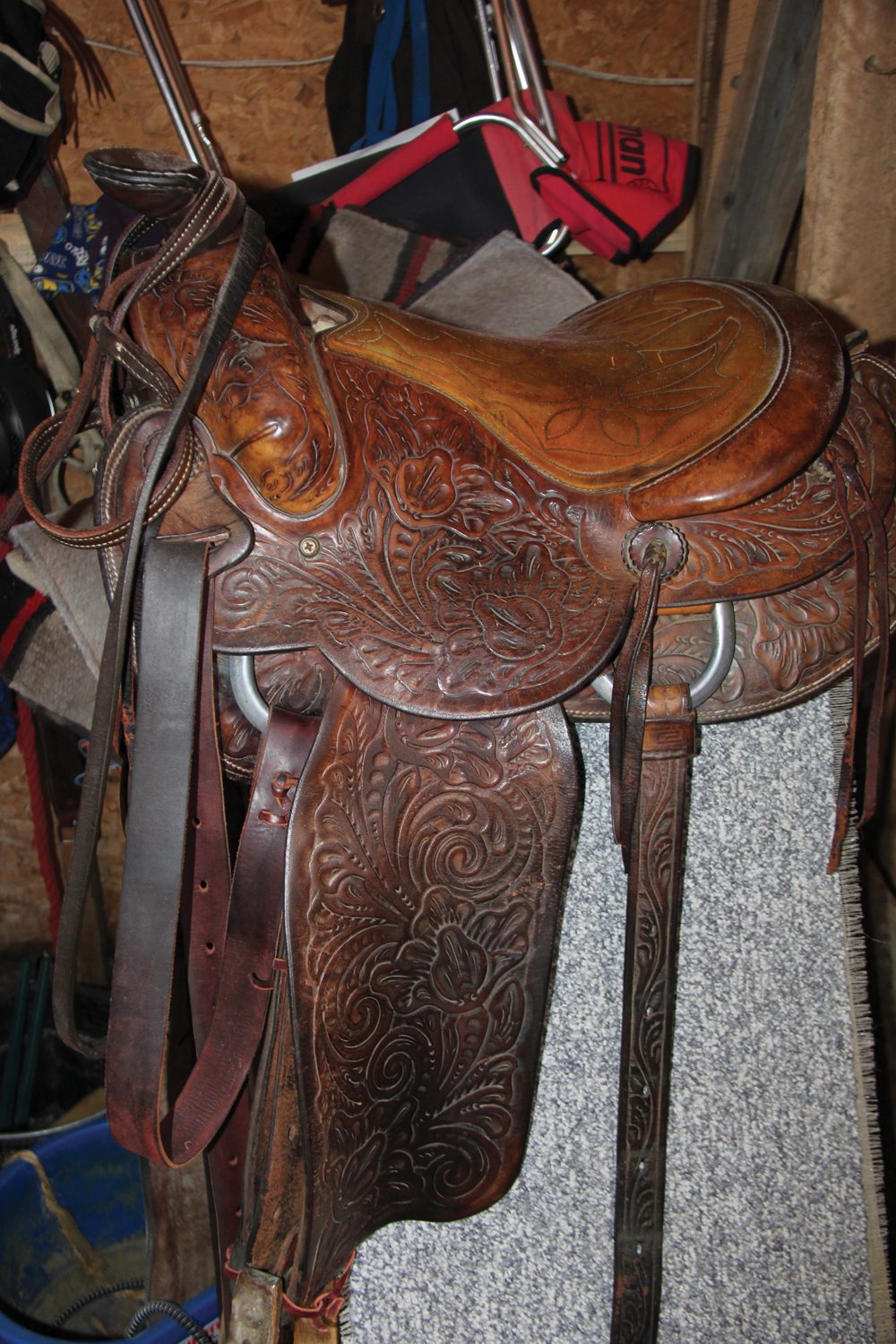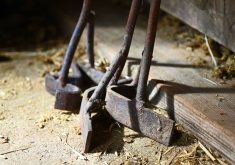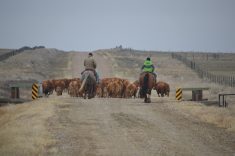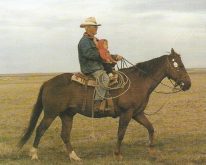In a recent column on clubroot, I suggested that Sask Crop Insurance look at a carrot-and-stick policy to crop rotations in the province.
Later, I was a little worried some might interpret that part of the column as me shaking my finger at farmers with tight rotations. That wasn’t my intention. There are plenty of good agronomic reasons for a longer rotation. But there are economic considerations driving the short ones. For example, I’m quite aware that canola is one of the few consistent breadwinners for farmers in Saskatchewan’s northern grain belt.
Read Also

Gentle treatments for pain in the neck
Heading toward year-end, people unknowingly tense up against the cold and busyness, causing neck pain that can often be treated with appropriate support and gentle mobility, athletic therapist Kathlyn Hossack says.
Our motto at Grainews is “practical production information.” Lately I’ve been thinking I’d like to write less on why farmers should stretch out rotations, and more on how they can (or already are). I would love to hear from farmers on this issue. Here are some ideas:
- Have you maintained a longer rotation over the years? If so, how and why have you done that?
- Are you lengthening your rotation right now? If so, what is behind that decision? What are some of the challenges and practical considerations around doing that?
- Are there crops that you’re considering adding to your rotation, but want to learn more about?
Shoot me an email at [email protected] if you have story ideas on these topics or are willing to be featured in Grainews.
A little history
A friend gave me a book for Christmas titled Ranching Women in Southern Alberta. The author, Rachel Herbert, pulled quite a bit from her own family’s history for the book, but also drew on other historical sources. It’s an interesting, well-researched look at how women, and their families, adapted to ranch life in southern Alberta (although she does draw on sources from other parts of the northern Great Plains as well).
Many historians have focused on the masculine side of ranching. Hebert’s book doesn’t deny the role men played in the ranch work and economy. But she does give us a nuanced, and often colourful, look at how families operated these early ranches. She also argues that gender roles were not always as rigid as they’ve been made out to be.
It’s a view that accords with my own understanding of my family’s ranching history. Coincidentally, my grandmother, Mary Guenther, is quoted in the introduction.
One chapter focuses on the evolution of women’s clothing and saddles. Initially, many ranch women rode side-saddle in a full skirt. But this wasn’t the most practical, or safest, attire. Hebert has an account of a woman’s skirt catching on the pommel, hanging her upside down. Fortunately her horse just continued trotting along until her husband realized what was happening.
As time went on, more and more women abandoned skirts and side-saddles for pants and regular stock saddles. Sometimes their husbands and families encouraged them to ride astride. In other cases, they faced some pushback, either from family or from communities. In the 1890s, Evelyn Cameron was threatened with arrest in Miles City, Montana, after riding into town in a split riding skirt.
It made me think about my own saddles. I still use a saddle owned by my grandmother, Mary Guenther, in the 1960s. It came with a horse owned by someone who ran a car dealership north of Burstall, Saskatchewan.
The pommel and cantle are quite flat for a Western saddle, and the seat is fairly slick. I can’t recall seeing a new Western saddle like that, but apparently it was a common style in the 1960s. It’s relatively light. I also find it quite comfortable, whether I’m trail riding or chasing uncooperative cattle.
People have pointed out that the low pommel and cantle won’t save you if your horse starts bucking. I can only remember being thrown from it once, and that was my own fault.
I think my biggest beef with this saddle is that it has a lot of leather tooling. The tooling looks nice, but it is a pain to clean. It also has lace up stirrups. I don’t think I’ll ever be selling this saddle.
My other saddle, a Blue River, is much newer. It’s also much heavier, and unfortunately for me, it fits my tallest horse. It’s good motivation to do push-ups in the winter.
This saddle fits my horse well, is comfortable for me, has quick-change stirrups, and not much tooling. I found the higher cantle and pommel strange at first, but I’m now as comfortable with it as I am with my flat saddle. I’ve also been thrown from this saddle, so I can say with authority that a high cantle and pommel aren’t idiot-proof.
Rachel Hebert also writes about how saddle-makers began crafting saddles for female riders. Stock saddles became lighter. “Mother and child” saddles were also created. This type of saddle had a small horn, long seat, a narrow pommel, and calfskin on the seat to make it a little stickier. Hebert writes that her family used one right up until the late 1980s.
If you’re interested in Herbert’s book, it’s available online and in bookstores, or you can read it for free via the University of Calgary Press website.
















